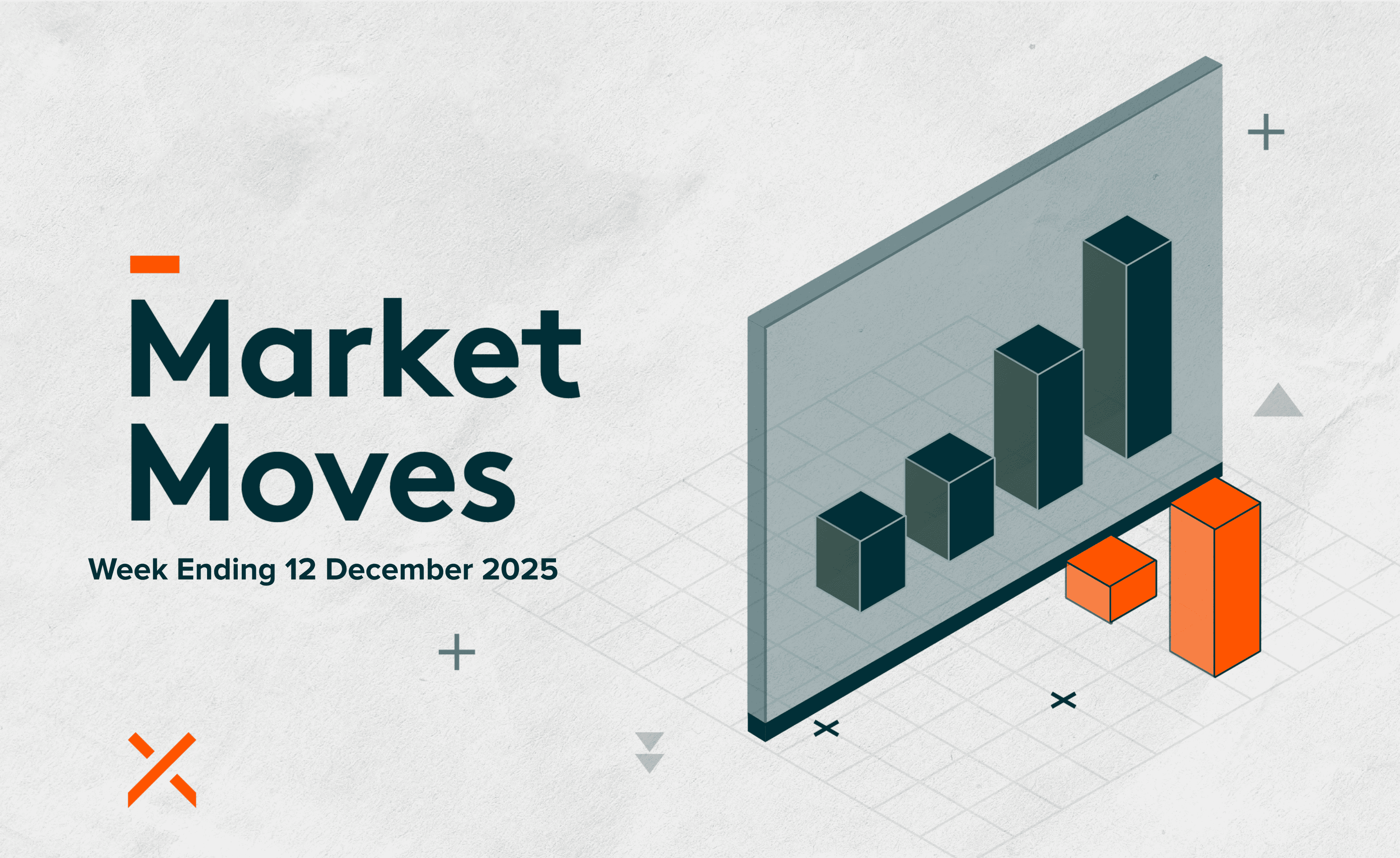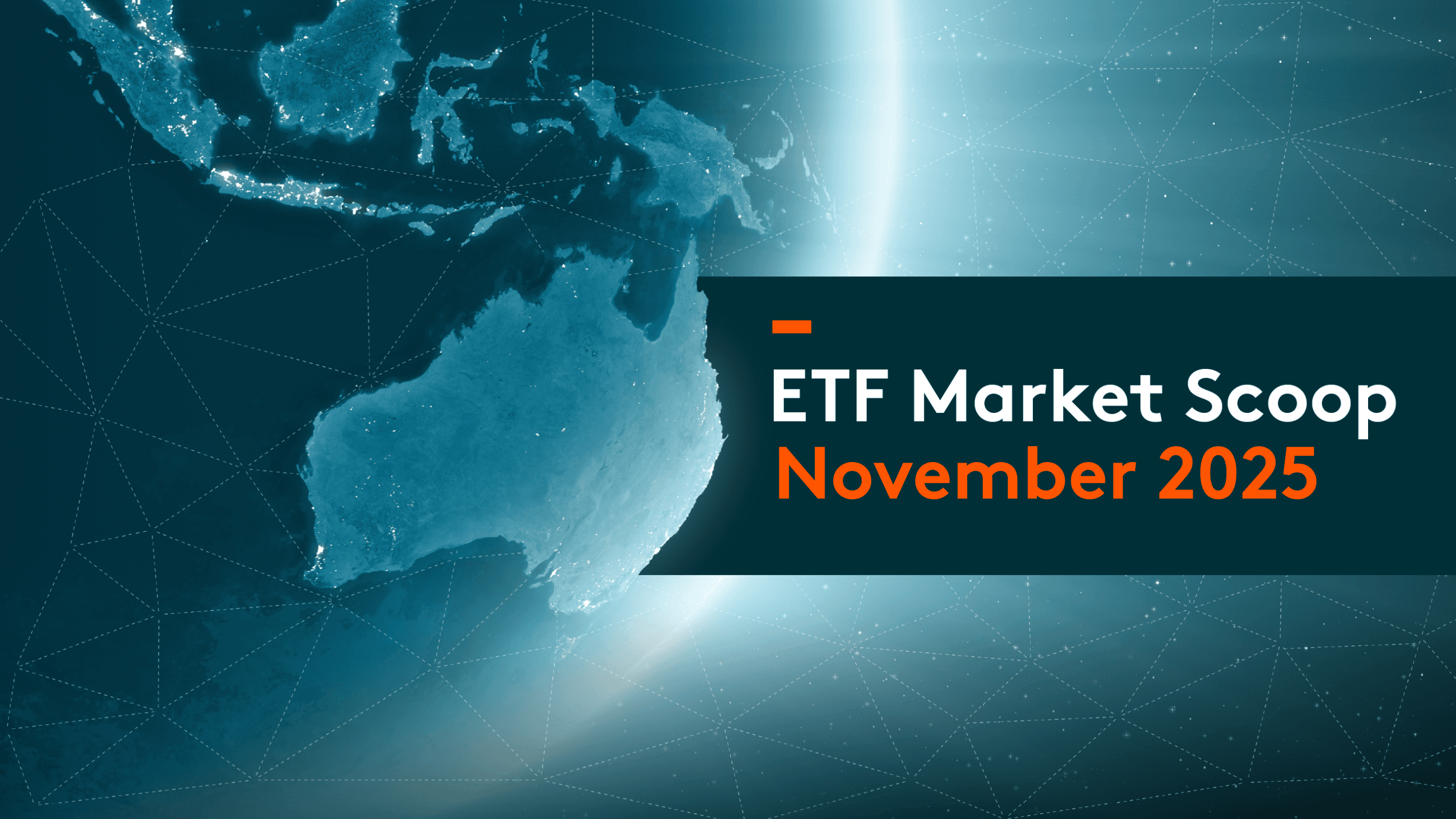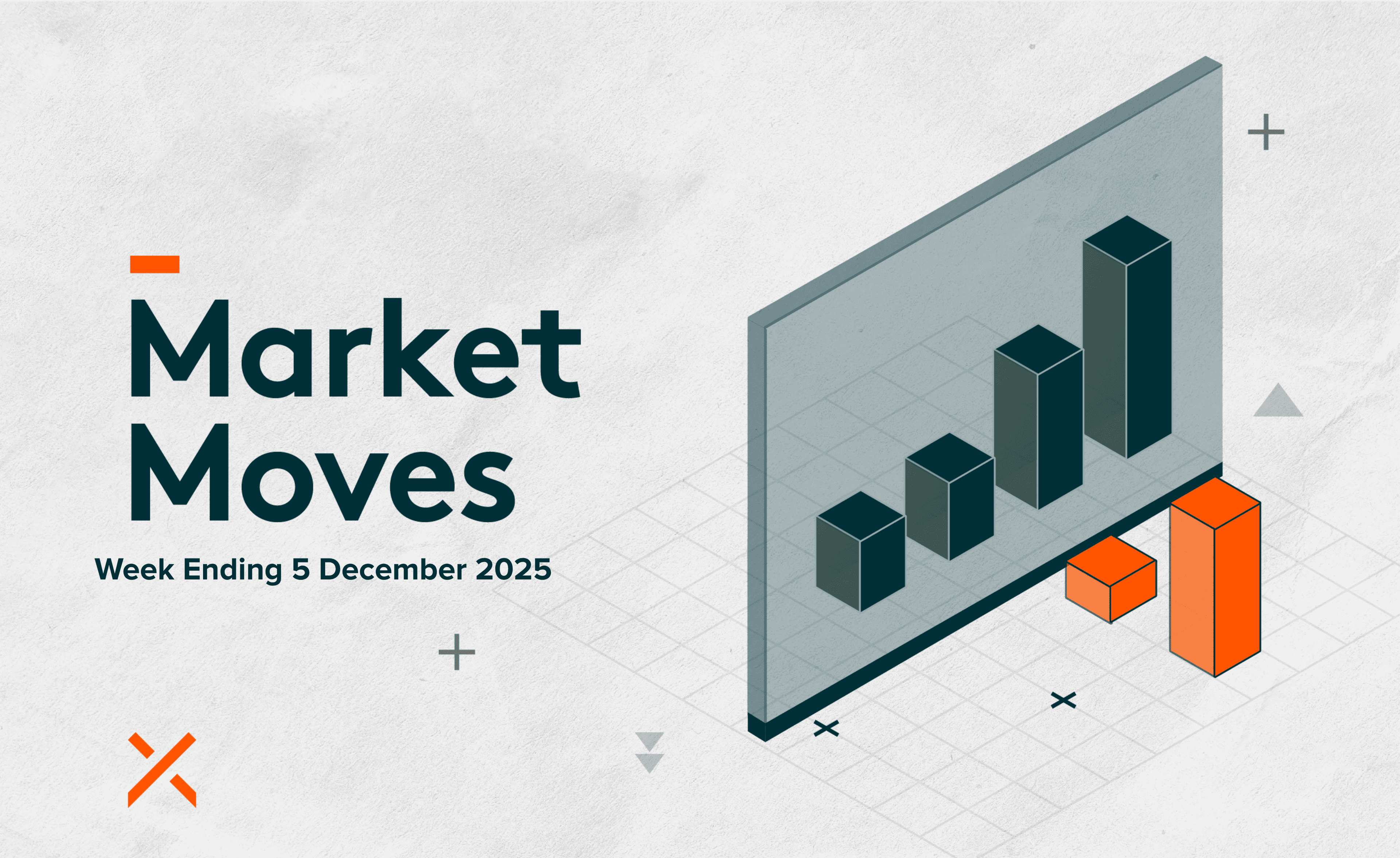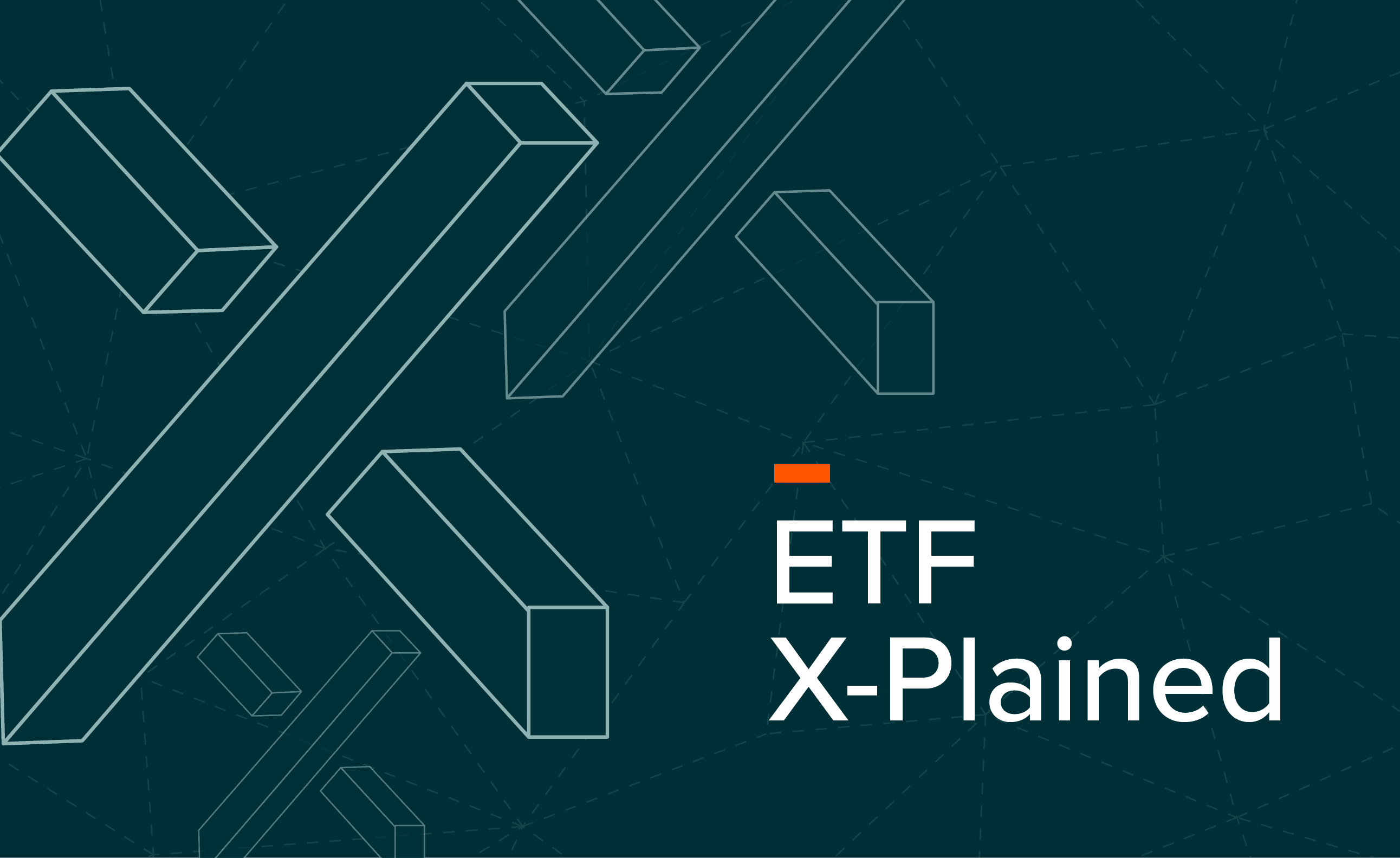For a browsing experience tailored to your needs
Select Your Location
Global X is dedicated to helping you build wealth
With over US$632 billion of assets under management, Global X currently serves thousands of advisers and more than 1 million investors.

Global X is dedicated to helping you build wealth
With over US$632 billion of assets under management, Global X currently serves thousands of advisers and more than 1 million investors.

Commodity ETFs
Global X offers Australia's largest range of physical commodity funds and provides efficient access to commodities supporting the development of next gen technologies, infrastructure, and the energy transition.
Commodities ETFs
Commodities have long been a staple in investment portfolios as they offer a range of benefits from diversification, hedging against other asset types, and capital growth. Commodities is a broad term used to capture the raw materials which circulate global economy such as gold, oil, wheat, or natural gas. They come in many categories including energy, precious and industrial metals, grains, livestock and softs. The question remains, how do you gain exposure in an efficient, cost-effective way?
Commodity exchange-traded funds (ETFs), in their various shapes and sizes, can help simplify the process for investors, hence they have steadily been increasing in popularity as a way to access the complex world of commodity trading. Investors can gain exposure to commodities through ETFs that are physically-backed, futures contracts or stocks.
Types of Commodity ETFs:
- Physically-Backed: Investors can own physical commodities via an ETF. This type of investment mainly applies to precious metals such as gold or silver, enabling the holder to avoid issues such as storage and security of the assets.
- Futures Contracts: Futures contracts are an agreement to buy or sell a specified amount of a commodity at a specified price and date in the future.
- Stocks: Stocks that relate to commodity production such as mining companies.
Commodities are responsible for powering the global economy. From precious metals such as gold and silver to critical minerals like lithium, copper and uranium, they can drive portfolio results in several ways.
There are several reasons to include commodities in your portfolio:
- Commodities play a big role in the inflation-tracking CPI basket, helping it offer some protection against rising prices.
- Commodities can diversify your exposure by incorporating a different asset type, sector or geography into a portfolio. As an added benefit, commodities have a relatively low correlation to other assets, including domestic and international equities or fixed income.
- Specific commodities can be used to execute views on structural changes in the global economy because they are vital in developing technologies and infrastructure.
Global X Commodity ETF Lineup
Global X is the leading physical exchange-traded product provider in Australia. Our lineup of commodity ETFs are designed to give you exposure to raw materials like gold and silver, as well as other key commodities and their miners.
- Global X Uranium ETF (ATOM)
- Global X Bloomberg Commodity (Complex) ETF (BCOM)
- Global X Physical Silver Structured ETF (ETPMAG)
- Global X Physical Palladium Structured ETF (ETPMPD)
- Global X Physical Precious Metals Basket Structured ETF (ETPMPM)
- Global X Physical Platinum Structured ETF (ETPMPT)
- Global X Gold Bullion (Currency Hedged) ETF (GHLD)
- Global X Green Metal Miners ETF (GMTL)
- Global X Physical Gold Structured ETF (GOLD)
- Global X Gold Bullion ETF (GXLD)
- Global X Copper Miners ETF (WIRE)
Performance of Commodity ETFs
The commodities market is influenced by a wide variety of factors, in particular supply and demand dynamics, geopolitical events, and global economic trends. Over the past 12 months, numerous catalysts ranging from inflation to international affairs have combined to influence the performance of different commodities. Below, you will find information on three of Global X's commodity ETFs.
Global X Uranium ETF (ATOM)
The Global X Uranium ETF (ASX: ATOM) offers investors access to a broad range of companies involved in uranium mining and the production of nuclear components, including those in extraction, refining, exploration, or manufacturing of equipment for the uranium and nuclear industries. This includes stocks listed in Canada, the US, Australia, as well as more obscure geographies like Kazakhstan which typically can be difficult to access.
Why Invest in ATOM? Nuclear energy is one of the most efficient and low-emission sources of electricity, producing zero direct carbon emissions. As global energy demand grows and nations pursue net-zero targets, nuclear power is set to play an expanding role in the clean energy transition. Uranium is essential for powering nuclear reactors, making it a critical resource in this energy shift.
ATOM allows investors to participate in the growth of this industry by investing in companies involved across the uranium value chain, from mining to nuclear technologies.
Global X Bloomberg Commodity Complex ETF (BCOM)
The Global X Bloomberg Commodity Complex ETF (ASX: BCOM) is designed to provide exposure to a highly liquid, broad-based basket of commodities, including energy, grains, precious metals, industrial metals, softs and livestock. To do so, BCOM uses forward contracts or swaps which means it does not need to hold the physical commodities – ultimately, making it an accessible, more cost-effective way to gain exposure to a wide range of hard and soft commodities.
Why Invest in BCOM? Investors often put diversification at the heart of portfolio construction. But effective diversification can sometimes require more than simply allocating across bond and share markets. To this end, many investors use commodities for diversification, as different and uncorrelated factors drive their performance relative to shares and bonds.
BCOM uses a broad-based approach to investing in commodities, which allows it to be a powerful addition for investors seeking to diversify away from traditional assets. Moreover, as commodities are prevalent in inflation-measuring consumer price index baskets, BCOM can have an inflation hedging effect on investor portfolios.
Global X Physical Silver Structured ETF (ETPMAG)
The Global X Physical Silver Structured ETF (ASX: ETPMAG) is an exchange traded product which offers direct exposure to the price of physical silver. ETPMAG is backed by physical silver that is stored in a vault where each physical bar is segregated, individually identified and allocated.
Why Invest in ETPMAG? Silver’s value is strongly supported by industrial demand, as over 50% of its current use comes from growing industries like electronics, medical devices, and growing sectors like solar energy. Including silver in an investment portfolio provides diversification benefits, as its price movements often differ from traditional assets like stocks or bonds, particularly during economic downturns. Additionally, silver and gold should be viewed as complementary assets in a diversified portfolio, with both serving as safe havens during market volatility while benefiting from distinct economic ties.
How Do Commodity ETFs Work?
Commodity ETFs generally fit into three subcategories which reflect how they offer exposure to one or a group of commodities. There are physically backed, synthetically backed, and mining or value chain commodity ETFs.
Physically Backed Commodity ETFs
Physically backed commodity ETFs invest in the actual commodity, with the ETF provider storing it on behalf of investors, eliminating personal storage costs and risks.
Synthetically Backed Commodity ETFs
Synthetically backed commodity ETFs, on the other hand, invest in derivatives or swaps, allowing access to futures markets and hard-to-reach assets.
Mining Stock Commodity ETFs
Mining stock commodity ETFs focus on a basket of mining stocks, providing exposure to specific commodities or megatrends, such as copper or energy transitions, offering a more indirect way to invest in the underlying commodity.
How to Invest in Commodity ETFs with Global X?
Investing in commodity ETFs with Global X is simple. In fact, Global X is one of the leading physical commodity ETF providers in the country. You can use an online trading account, stockbroker, or financial adviser to make the investment. After setting up your online trading account, review the ETF TMD and PDS, then use the ticker code to purchase the ETF.
Global X offers a wide range of commodity ETFs, each focusing on a different approach allowing investors to select those that match their investment objectives.
Get more information on how to invest with Global X, and when you are ready, make sure you read the relevant PDS and TMD or seek professional financial advice before you start investing.
What Are the Benefits of Investing in Commodity ETFs?
Commodity ETFs allow you to gain access to the wide world of commodities, while removing a large amount of the complexities usually associated with doing so. Some other key benefits include:
Portfolio Diversification
Commodities tend to move independently from other asset classes like stocks and bonds, which means they can help balance and diversify your portfolio during periods of market volatility.
Hedge Against Inflation
Certain commodities can have an inflation hedging effect, which means when inflation rises, and commodity prices go up, your purchasing power is preserved. This makes them a great tool for safeguarding your portfolio when prices are climbing.
Liquidity
Since commodity ETFs are traded on stock exchanges, they are easy to buy and sell, making them much more accessible than directly investing in the commodities themselves. This means no storage costs or dealing with futures contracts, in one simple, on exchange trade.
Are There Risks of Investing in Commodity ETFs?
Naturally, just like any other investment, there are some risks involved with commodity ETFs that you need to be aware of before committing. These include:
Volatility
The first thing to be aware of when it comes to risks is that commodities can be volatile, and their prices can swing widely due to supply and demand changes, geopolitical events, or economic data.
Futures Curves
Synthetic commodity ETFs, which use derivatives to track the performance of underlying commodities, can be affected by contango and backwardation. Contango occurs in futures markets when the price of a futures contract is higher than the expected spot price at maturity, often leading to a decline in value as the contract approaches expiration. Conversely, backwardation happens when the futures price is lower than the expected spot price, causing the contract's value to increase as it nears maturity. Both phenomena are influenced by a variety of factors such as storage costs, supply and demand dynamics, and market expectations.
Regulatory Risks & Market Concentration
Changes in government policies, trade laws, or environmental regulations can all have an impact on commodity prices and, by extension, the ETFs that track them. Market concentration could also be an issue as some commodity ETFs focus on single commodity (like uranium or silver), there is a greater level of risk exposure if that market takes a hit.
Related Funds
Enter your details below to download the
Thank you
Your download will start immediately. If your download does not begin, please click the button below.
Subscribe
Why subscribe?
By subscribing to email updates you can expect thoroughly researched perspectives and market commentary on the trends shaping global markets. Topics may span disruptive tech, income strategies, and emerging economies.
We adhere to a strict Privacy Policy governing the handling of your information. And you can, of course, opt-out any time.



